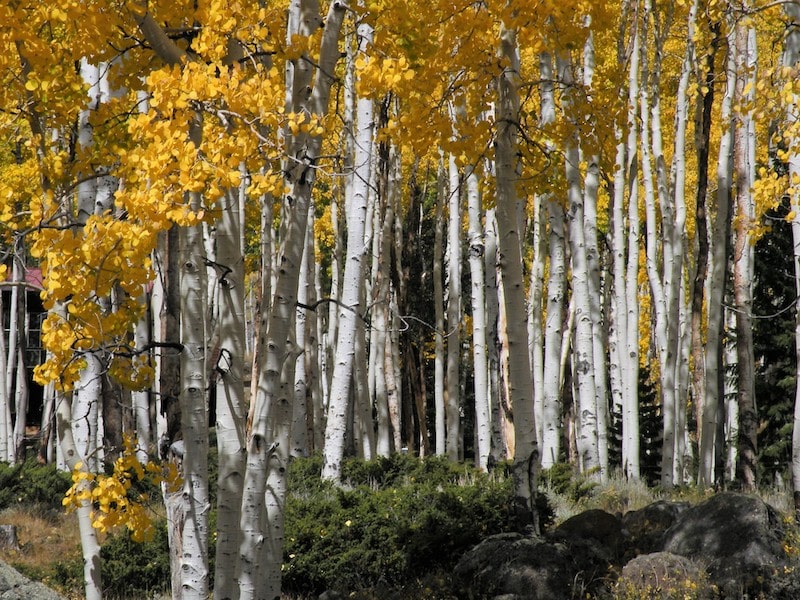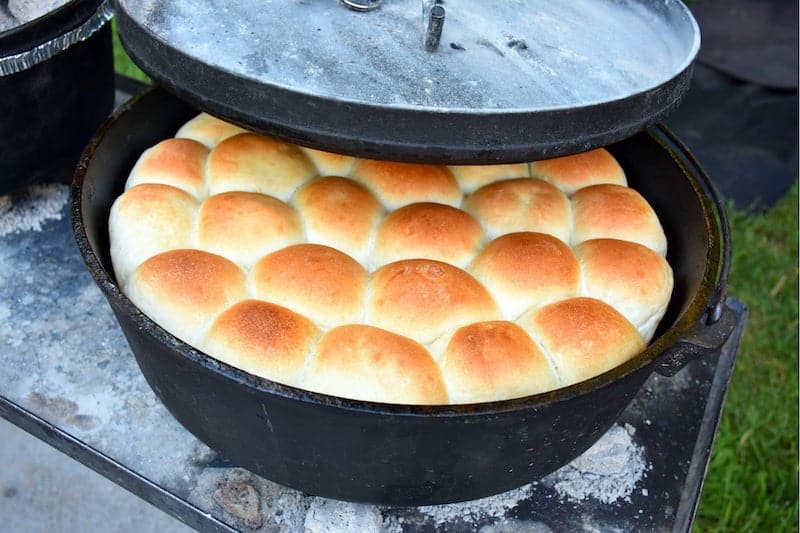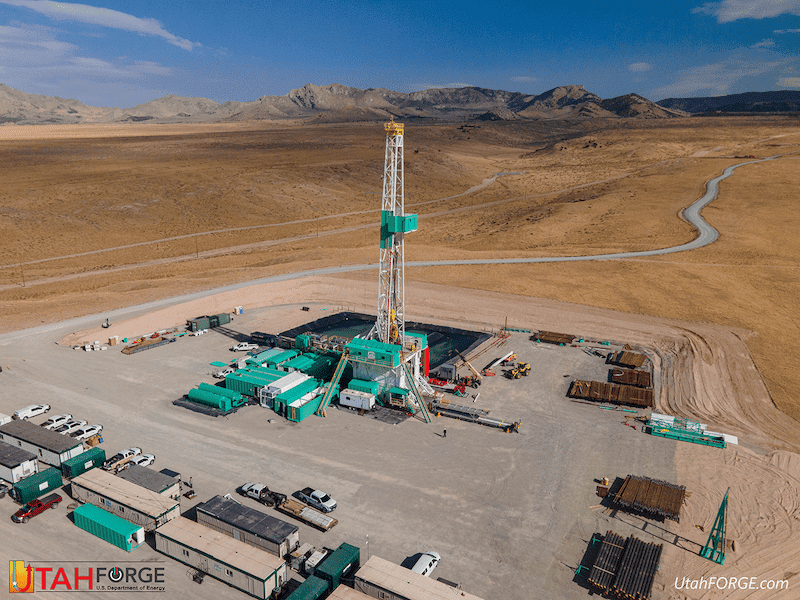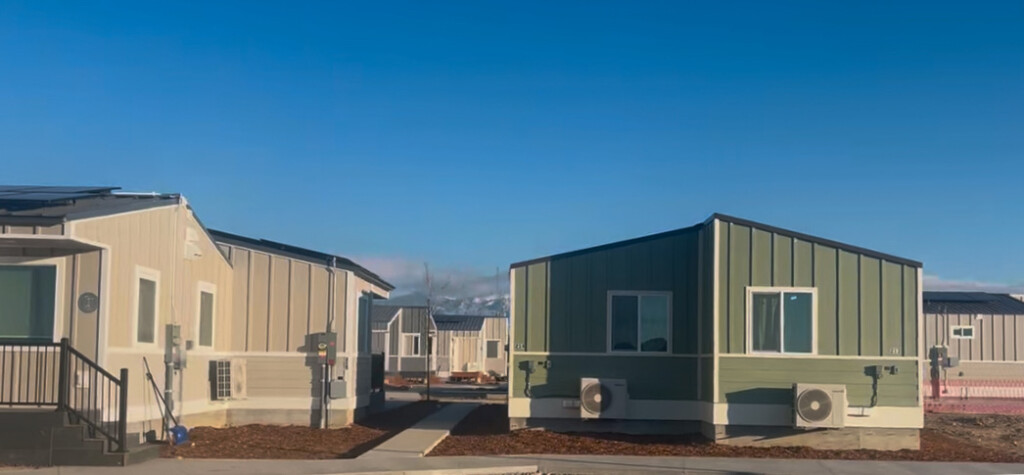
Utah is known the world over for a number of reasons. Most notably, Utah is famous for its stunning scenery, almost limitless outdoor recreation opportunities, world class Olympic venues, the greatest snow skiing on earth, the largest saltwater lake in the western hemisphere, the Sundance Film Festival, and for the five national parks which highlight our incomparable red rock landscapes.
Above all, Utah is known as the home of the Church of Jesus Christ of Latter-day Saints ― aka the Mormon Church. This fact alone brings notoriety both good and bad. On the upside, we are the state most known for volunteerism, the highest rate of charitable giving in the nation, a higher-than-average quality of life, an educated workforce with a strong work ethic, and lower-than-average crime rates.
On the downside, Utah’s repressive, ultra-conservative political climate is also widely known, especially to anyone who enjoys a drink now and then, or who has liberal leanings and doesn’t mind being politically disenfranchised.
But despite what you think you know about Utah, here are five things you may not know:
We have a state cooking pot
Due to their usefulness to the early Pioneers, the legislature designated the Dutch oven as Utah’s official cooking pot in 1997. (Yes, we are the only state that has an official cooking pot.)
We dig our dinos!
More than 600 different species of dinosaurs have been discovered at the Cleveland-Lloyd quarry in Emery County, making it a treasure trove for paleontologists, and the world headquarters of ongoing dinosaur discoveries for more than 100,000,000 years! Some of these prehistoric creatures have been found nowhere else on earth. One of the most prolific, the Allosaurus, was designated as Utah’s state fossil in 1988. Vernal, in northeastern Utah, is another dinosaur hotspot where you can take the kids for a day of dino indulgence.
How dry we are
With only 11 inches of average precipitation per year, Utah is the second driest state in the nation. Only Nevada is drier. Much of Northern Utah’s annual rainfall is the result of “lake effect” storms generated by the Great Salt Lake. With the lake at an all-time low, drought conditions statewide, and a growing population, Utah’s water future looks bleaker than ever. In fact, it may be time to ditch that thirsty suburban lawn and replace it with drought tolerant, native vegetation.
Pando
In the Fish Lake National Forest in south-central Utah, there lives a leafy giant. Pando is a male clonal colony of individual quaking aspen composed of 47,000 genetically identical trees that share a single underground root system, making it the world’s largest known living organism. Sadly, Pando’s long-term survival is uncertain due to human interference such as cattle grazing, climate change, and pollution.
Renewable electricity
In Milford, a project known as FORGE (Frontier Observatory for Research in Geothermal Energy) will soon transform hot, underground rock into a renewable source of electricity. There is enough geothermal energy trapped in rock and deep sediment beneath the US to generate more than 5000 gigawatts of electricity ― five times the amount currently generated by all US power plants ― and researchers in Utah are at the forefront of making it happen.
There are lots of other things you may not know about Utah, just waiting for you to discover them. As our license plates used to say, Utah really is “A pretty, great state.”
RELATED CONTENT:
Utah was Land of Dinosaurs: Utah’s Natural History is Older Than Dirt
Five Things in Utah That Need To Go
Utah’s Top Five Strange Creature Encounters
5 Hidden Utah Outdoor Adventures You Must Experience
SUPPORT LOCAL JOURNALISM AND SUBSCRIBE TO PRINT MAGAZINE
Subscribe to Utah Stories weekly newsletter and get our stories directly to your inbox







